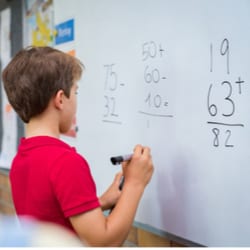Understanding and using geometric properties and spatial reasoning
Visualising, describing, analysing and interpreting mapping, models and diagrams. Problem solving relating to navigation and orienteering
Home » Numeracy Focus Areas » Understanding and using geometric properties and spatial reasoning
General overview
This focus involves learners visualising, describing and analysing the way shapes and objects are combined and positioned in the environment for different purposes.
At early levels, learners interpret diagrams, visualise, name and sort
Learners respond to locational or directional language. As learners progress, they develop an understanding of the symmetry, regularity and irregularity in their environment.
In upper levels, students create and interpret an increasingly complex range of maps, models and diagrams using a variety of mapping tools, including technology.
Analysis of shape extends to the purposes for which spatial reasoning is used in the environment, including software tools used in industry, the workplace and design technologies.
Students interpret and compare scale diagrams, solve problems in real-life contexts such as navigation and orienteering, and understand the underlying mathematical properties and processes involved in the transformation of objects and shapes.
Visualisation is a critical element of spatial reasoning and learners must be given multiple opportunities to use concrete materials. For example origami, and technology such as dynamic geometry software to help them identify and orient shapes, and materials that will help them to understand the underlying attributes and properties of different shapes and objects.




